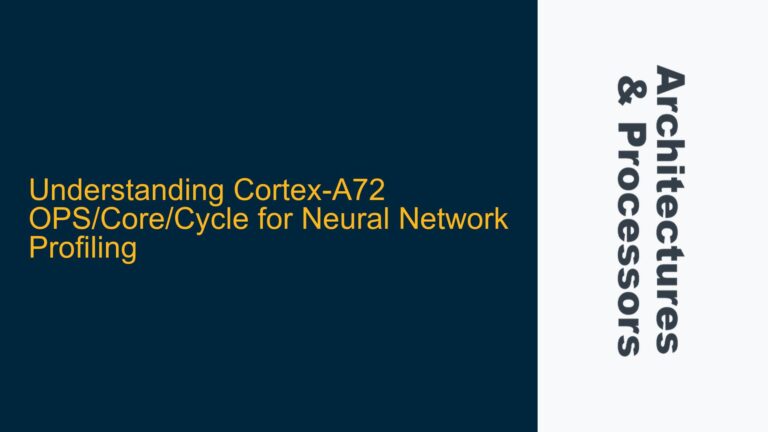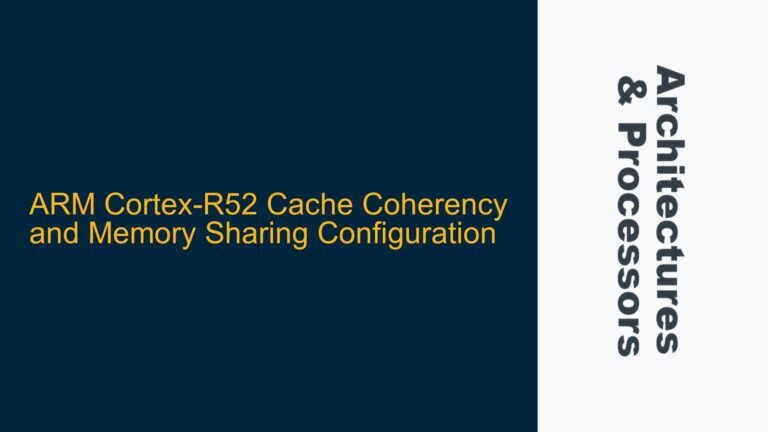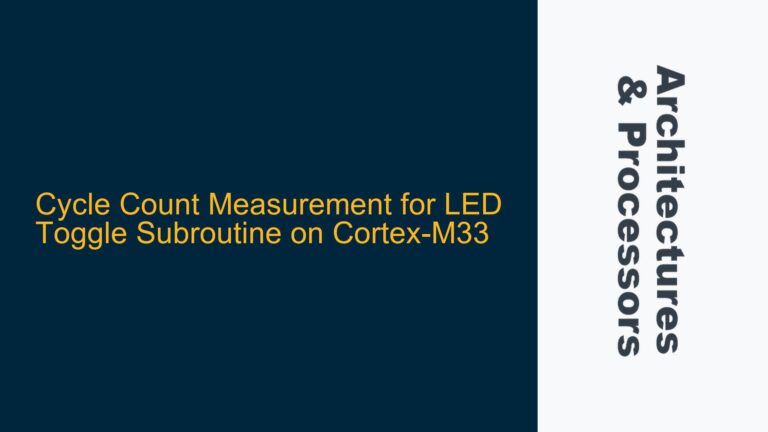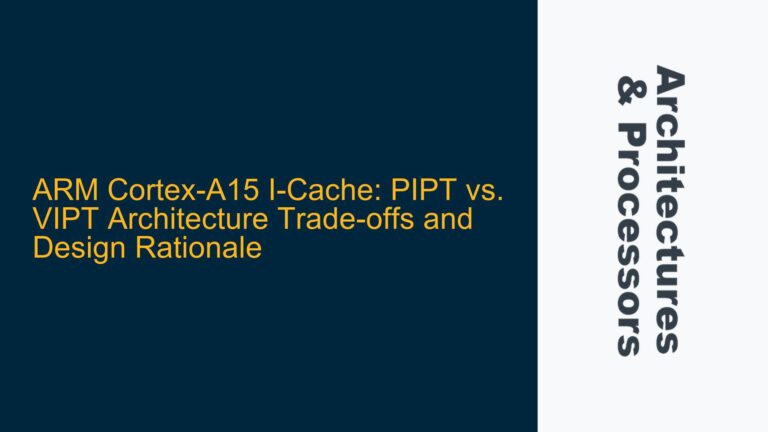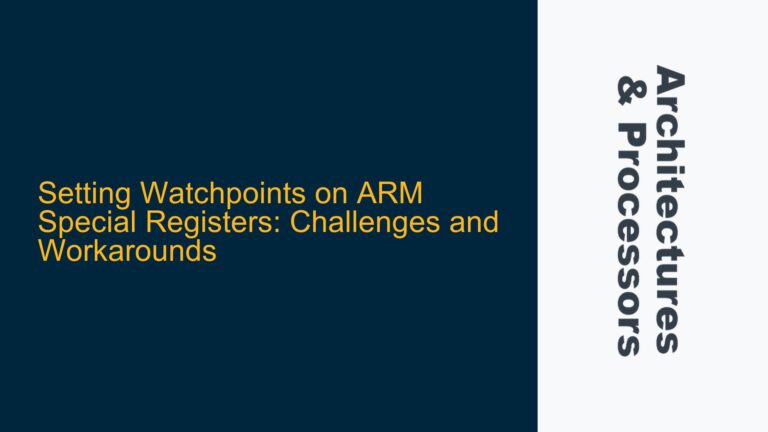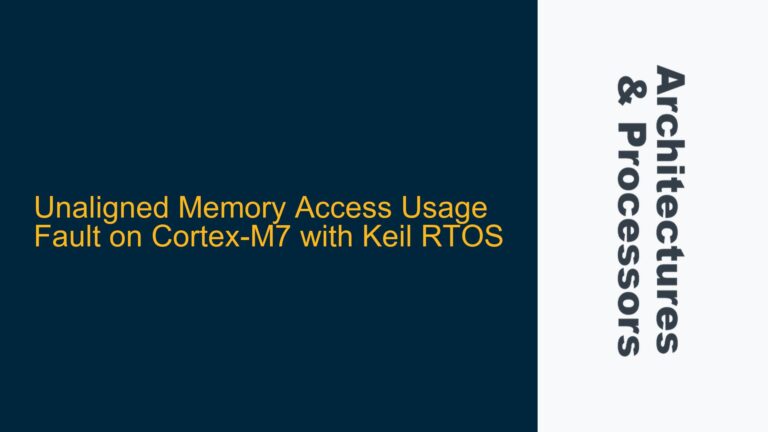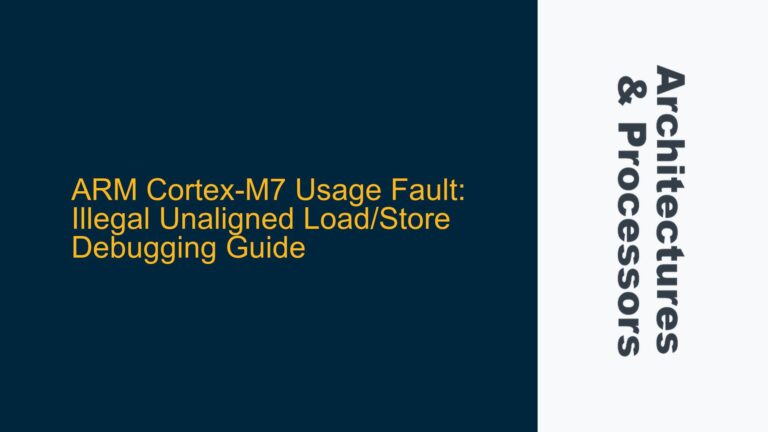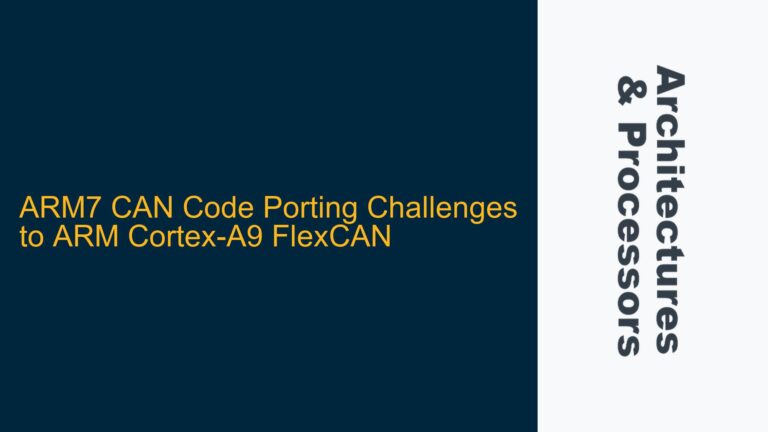Cortex-A72 OPS/Core/Cycle for Neural Network Profiling
Cortex-A72 Instruction Throughput and Pipeline Utilization The Cortex-A72 is a high-performance ARM processor core designed for advanced applications, including neural network inference and training. To accurately profile neural network performance on the Cortex-A72, understanding its operations per second (OPS), operations per core, and operations per cycle is critical. The Cortex-A72 features a sophisticated microarchitecture with…
